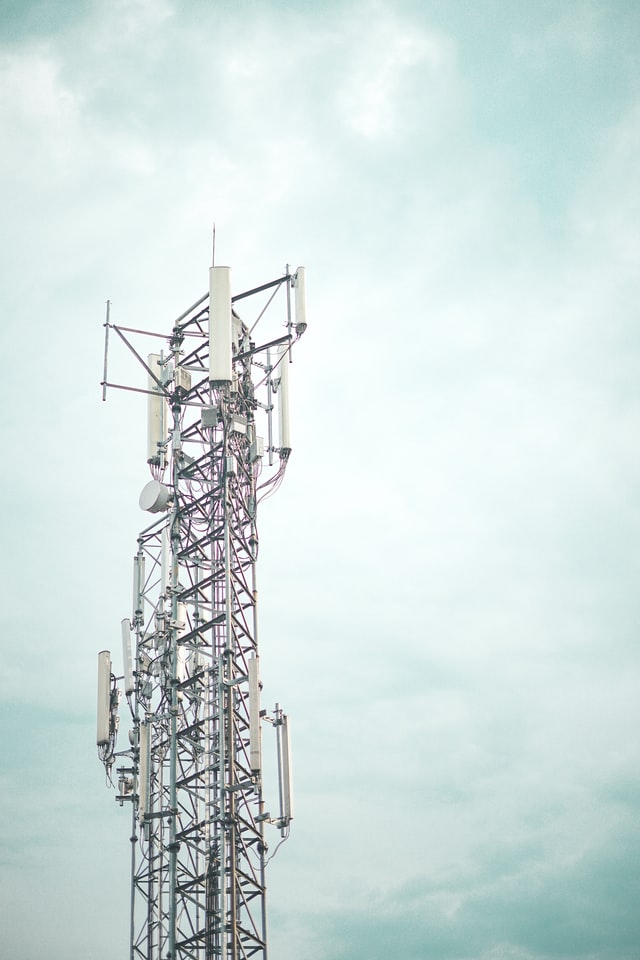
l'Internet
Reliable communications with the rest of the world is an essential need in today’s life. The further you get from society the more important this will get. You might not be able to just go to the neighbor to use his phone, or expect them to call the firefighters because your house is burning. Unfortunately this also usually means the further you get, the harder it can be to get a telephone line or internet. Not only is this needed for basic entertainment, information searching and business but also to get in touch with doctors, police, firefighters, etc. It is highly recommend having a mobile phone outside somewhere in a hidden spot on your property like the garden shed. For all sorts of smaller or larger emergencies this can prove very useful (locked yourself out, house on fire, etc….).
Connection Types
Cable, Fiber

Depending on your location cable based internet can be a reasonable option. In a lot of countries it is possible to get cable to very remote locations. Pricing might be an issue here. Being 2km off might be within budget, being 15km or more generally means cable is too expensive. If available, this should be pointed out as the most stable and reliable connection.
Mobile Internet / Mobile Phones

Probably the most possible solution worldwide. Depending on location, mobile 3G/4G/5G networks usually cover a decent portion of the countryside. Pricing on these are usually well within the budget and running costs. Most countries will have tariffs that include flat rates for data traffic, paying per MB is pas recommended here. Generally speaking the reliability is “nja acceptable – OK”.
Most mobile networks will have massive drops of bandwidth during “rush hours”. This varies a lot with location and different mobile service providers. It can be hard to predict when your connection will suddenly lag out or drop in bandwidth.
Directional Wifi – Wifi

This technology is used a lot in areas with light population density.
For directional Wifi to work you need “line of sight” from your antenna to the ISP wifi tower. Ranges can be 5-50km depending on which technology tier is used. Generally speaking the reliability is “good”. It will however reliably not work when there is massive snowstorms, rainstorms, fog, smog or a fat bird nesting in front of your antenna. Everything that influences the line of sight will effect the signal quality. Accepting these downsides, you will be able to adjust to “no internet during thunderstorm”. As the connection doesn’t “suddenly drop for unknown reasons” but within clear parameters you can see coming (weather).
Satellite Internet

Pricing for satellite internet has a wide range depending on your location. Satellite internet can reach just about anywhere, and it works ok’ish most of the time. Can’t say satellite internet is as good or as reliable as cable internet, but you can still browse the web, check social media, and watch some videos. Gaming is “challenging” due to ping times. Satellite internet’s information goes from Earth up to a satellite 22,500 miles in a geostationary orbit, and then back down to your home, expect 350ms ping as “good”.
With a satellite internet, you can get download speeds ranging from 10 Mbps to 100 Mbps. That’s high-speed internet. Upload speeds aren’t as impressive with satellite internet. Try to keep your satellite dish in an accessible place (or resort to making a special tool) so you can sweep out snow or remove debris easily. With satellite internet service, data is transmitted through the air so expect the same “line of sight” issues as directional wifi has.